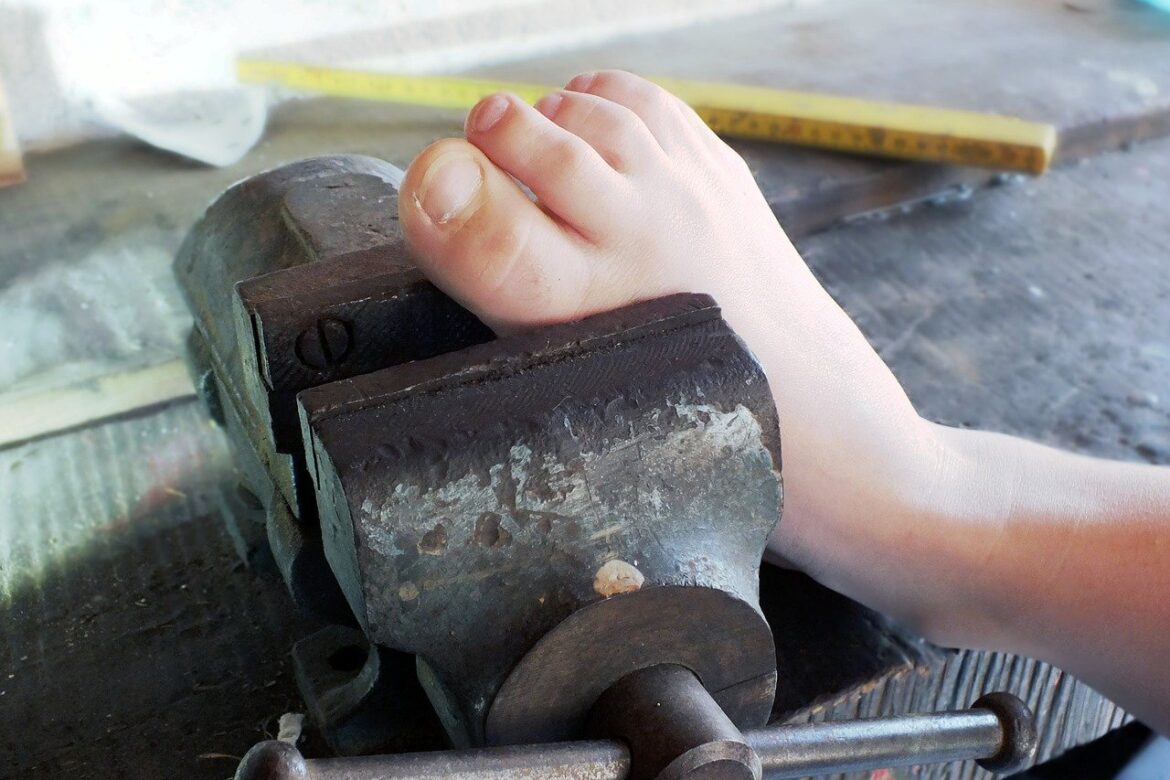Let’s begin with the physiology of your peripheral nerves
Peripheral nerves are nerves that are outside the brain and spinal cord. The peripheral nervous system sends information from your brain and spinal cord to the rest of your body. Sometimes peripheral nerves get damaged. This damage causes weakness, numbness, and pain beginning in the most distal areas of the body, the hands, and feet. Most people with peripheral neuropathy describe the pain as stabbing, burning, or tingling. Many say that it is a sharp, consistent pain.
Peripheral Nervous System
Within the peripheral nervous system, there are different types of nerves; sensory, motor, and autonomic. Depending on which nerves are affected by the neuropathy the symptoms can be different. Sensory nerves receive information about temperature, pain, and vibration from the skin. If these nerves are affected, you will have difficulty feeling differences in temperature and may have altered sensation (pain, or numbness). Motor nerves control muscle movement. When these nerves are affected, lack of coordination, falls, muscle weakness, atrophy, and paralysis can occur. Autonomic nerves control functions such as blood pressure, heart rate, digestion, and bladder/bowel control. When these nerves are involved, it can cause symptoms of heat intolerance, dysfunctional sweating (too much or not enough), bowel or bladder problems, and dizziness or lightheadedness from blood pressure changes.
There are many causes of peripheral neuropathy
Peripheral Neuropathy results from traumatic injuries when nerves are crushed and injured. Peripheral neuropathy also occurs from infections (bacterial infections, shingles, hepatitis B and C, and Epstein-Barr virus), metabolic problems, and exposure to neural toxins, strong chemotherapy medications, and diabetes. In those with diabetes, uncontrolled blood sugars cause damage to the nerves and over time decrease the nerve’s ability to send signals. Autoimmune diseases such as Rheumatoid arthritis and Guillain-Barre Syndrome also cause peripheral neuropathy. Other less heard of causes include vitamin B deficiency and alcoholism. These are just some of the known causes of peripheral neuropathy, there are many more not mentioned. For a list of additional health conditions that cause peripheral neuropathy look here.
What are the symptoms?
For most, their symptoms begin gradually, with tingling or prickling that starts in the hands and feet and spreads up through the legs and arms. Some people have sensitivity to touch, difficulty putting weight through their feet or the feeling of the covers over their toes. In other cases, people describe their symptoms like they are wearing gloves or socks when in reality they are not.
Peripheral neuropathy can occur due to many different reasons. Treatment varies depending on the initial cause. If the neuropathy is caused by vitamin deficiency, vitamin therapy and an improved diet can reverse it. The same goes with neuropathy caused by alcohol abuse and toxic medications, stopping them can help to correct the altered sensation and pain. Early treatment and diagnosis will improve the outcome. Peripheral nerves have a more limited capacity to regenerate, so quickly reversing the noxious cause will lead to better results.
What treatments are available for peripheral neuropathy?
Physical therapy helps retain strength, regain balance, help with muscle spasms, increase proprioception to prevent falls, and regain independence in daily activities. When the loss of feeling begins in the feet, balance becomes difficult because you cannot feel the ground as well with your feet. Buttoning shirts, writing, picking up small objects and combing your hair become difficult when feeling in the fingers diminishes. Occupational and physical therapists help get you back to functioning how you were before the diagnosis. Regular exercise is found to help combat pain and improve health. Being more active helps to keep blood sugars more under control, which helps reduce nerve damage. Exercising brings increased blood flow and circulation through the arms and legs and is a way to keep stress at bay.
Treatment Options
- Laser/Red Light Therapy There are also treatments that physical therapists provide that are effective in treating the symptoms of peripheral neuropathy. Red light therapy and therapeutic laser therapy help to increase circulation, blood flow, and reverse nerve damage. Using the red light and laser treatments may help to restore the peripheral nerves to better function over time.
- Medications Medications can be prescribed to help with nerve pain associated with peripheral neuropathy. Cymbalta, Lyrica, and Neurontin are the most commonly prescribed medications. Other medications can be used off-label to help treat the symptoms of peripheral neuropathy. Like all drugs, there are side effects that outweigh the benefits of the medications. Make sure to discuss the pros and cons of the medication with your doctor before starting them.
- Lifestyle changes Beyond any treatment suggestion, prevention is the best and easiest way when it comes to peripheral neuropathy. Make healthy lifestyle choices, eat right, exercise, and choose moderation. If you do end up being diagnosed with peripheral neuropathy, find an occupational or physical therapist who will work with you to improve your quality of life and get you back to function again.


I just had knee surgery and my neuropathy got 100 time worse in my feet. I can’t find relief, how do I make an appointment with you?
Hi Julie,
You can make an appointment by submitting a request through this link https://freedompt.com/appointment-request/. We will use that contact information to reach out to you to get you set up.